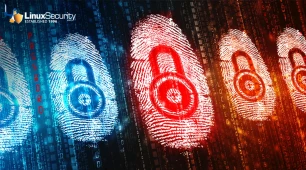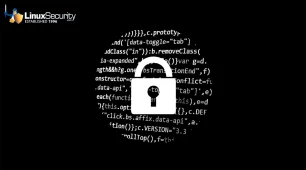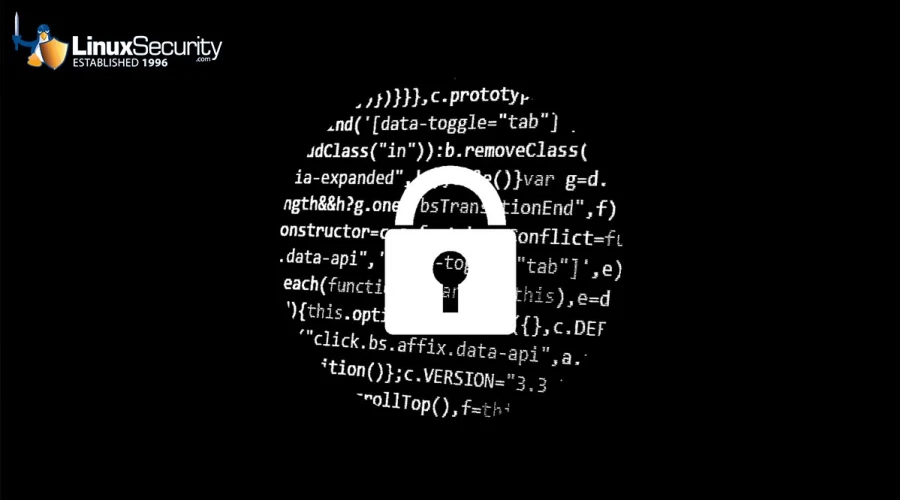
In the ever-evolving cybersecurity landscape, a new concern has come to light for Linux admins—a claimed zero-day vulnerability for Local Privilege Escalation (LPE) in Linux systems through the GRUB bootloader. This new threat underscores the perpetual cat-and-mouse game between threat actors and the open-source community.
Let's examine the flaw, its impact, and practical strategies for protecting against it to help you understand this threat and the measures you can take to secure your systems against it.
Understanding This Vulnerability
The GRand Unified Bootloader (GRUB) is an integral component of Linux systems responsible for loading kernel modules and booting the operating system. If GRUB contains undocumented vulnerabilities that allow attackers to gain unauthorized access, like the zero-day recently identified, malicious actors could leverage them to escalate privileges on compromised machines, potentially taking full control of the system without prior authorization.
Exploitation of this LPE vulnerability involves manipulating the boot process. Attackers could insert malicious code or modify existing bootloader entries to gain elevated privileges during system startup. Given its high privilege status as one of the initial software services to run on any machine, the potential scope for exploitation of GRUB flaws is significant.
This bug impacts GRUB versions 1.98 to 2.02.
This is far from the first time GRUB has been targeted. In 2015, CVE-2015-8370 was discovered and fixed, which allowed attackers to bypass authentication by pressing the backspace key 28 times at the GRUB username prompt. Then in 2020, the notorious BootHole flaw (CVE-2020-10713), which could be exploited to install malware during the boot process, was identified and mitigated.
What Are the Security Implications for Linux Admins?
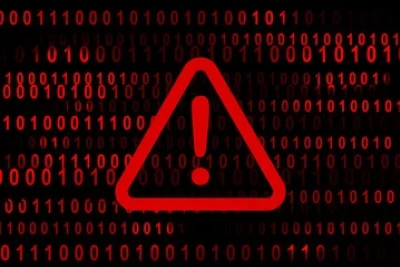 The security implications of this issue are substantial, including but not limited to:
The security implications of this issue are substantial, including but not limited to:
- Data Theft: Access to sensitive information and intellectual property.
- System Damage: Potential for wide-reaching damage to system integrity and operations.
- Persistent Access: Ability to establish a foothold on the system for ongoing exploitation.
- Lateral Movement: Compromising additional systems within the network from the initial foothold.
- Compliance Concerns: Violating regulatory requirements by failing to protect against known vulnerabilities.
Practical Mitigation Advice for Linux Admins
While fixes for this bug have not yet been released, there are several steps that Linux admins can take to mitigate the threat posed by this and similar vulnerabilities:
- Set Up a GRUB Password: Bypass the security risks caused by unauthenticated users editing boot entries or entering single-user mode with an effective password-protected GRUB menu, as well as safeguarding /etc/grub.d/00_header file to set a secure configuration file GRUB is more difficult for others to gain entry to and edit than before.
- Secure the GRUB Configuration File: Set the correct file permissions on /boot/grub/grub.cfg to prevent unauthorized modifications of its content. Typically, permissions should be set so that root can read them only (chmod 400 or 0400).
- Use Full Disk Encryption (FDE): Implementing FDE can prevent attackers from accessing or altering files on the disk, including those associated with the GRUB configuration.
- Utilize United Extensible Firmware Interface Secure Boot: Secure Boot ensures that only signed bootloaders and kernels approved by the platform owner can be executed, helping prevent the execution of an infected GRUB bootloader.
- Use Integrity Monitoring Tools (TPMs): These tools should be employed to safeguard bootloader integrity. Integrity-checking mechanisms like Grub-verify can help detect unapproved changes.
- Restrict Boot Options: Reduce available boot options in GRUB to essential ones, eliminating extraneous options that could weaken boot-time security.
- Physically Secure Machines: Physically secure machines, as attackers with local access could use bootable devices or tools to bypass bootloader security.
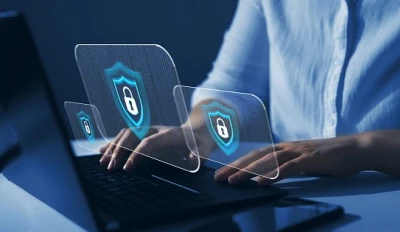
- Back Up the GRUB Configurations Files Regularly: In case of an attack, this will allow for faster restoration and analysis of any changes introduced by threat actors.
- Monitoring & Auditing: Monitor GRUB logs, audit any modifications to bootloader configuration, and enable auditing for access or alterations of these changes.
- Restrict Permissions: To prevent any possible tampering with the Grub.cfg file generated in /etc/grub.d/, its scripts should have restricted permissions and should be owned by root to ensure maximum protection from potential compromise.
- Use Security Modules: Security modules, like GRUB's own password_pbkdf2 feature, can encrypt passwords within GRUB configuration files.
- Restrict Recovery Mode: To avoid unauthorized access to recovery options, disable or password-protect recovery mode entry in GRUB to prevent access.
- Stay Informed: Keep up-to-date with security advisories released by your Linux distribution. Regularly check resources like the CVE database and security mailing lists.
- Regular Updates: Apply system updates promptly. This includes updates to the bootloader, kernel, and all system packages. To maintain integrity during the update process, use trusted repositories and signatures when updating GRUB.
Focusing on these GRUB-specific strategies can significantly decrease the odds of successfully exploiting the bootloader and help uphold system integrity. If new security patches become available that address specific vulnerabilities in GRUB, implement them quickly while adhering to best practices for ongoing security management of this crucial software component.
Our Final Thoughts: What Can We Learn From This Discovery?
Security in open-source software is community-driven. While a zero-day vulnerability in GRUB poses a severe threat to system integrity, its discovery should serve as a wake-up call for administrators who must strengthen their defenses against such exploits. As part of its response plan, the Linux ecosystem must collaborate in analyzing, patching, and communicating any vulnerabilities like these to ensure its resilience against further attacks.
Diligence is critical in cybersecurity. A combination of proactive measures, community cooperation, and robust policies can help protect Linux systems against current and potential future exploits.
















